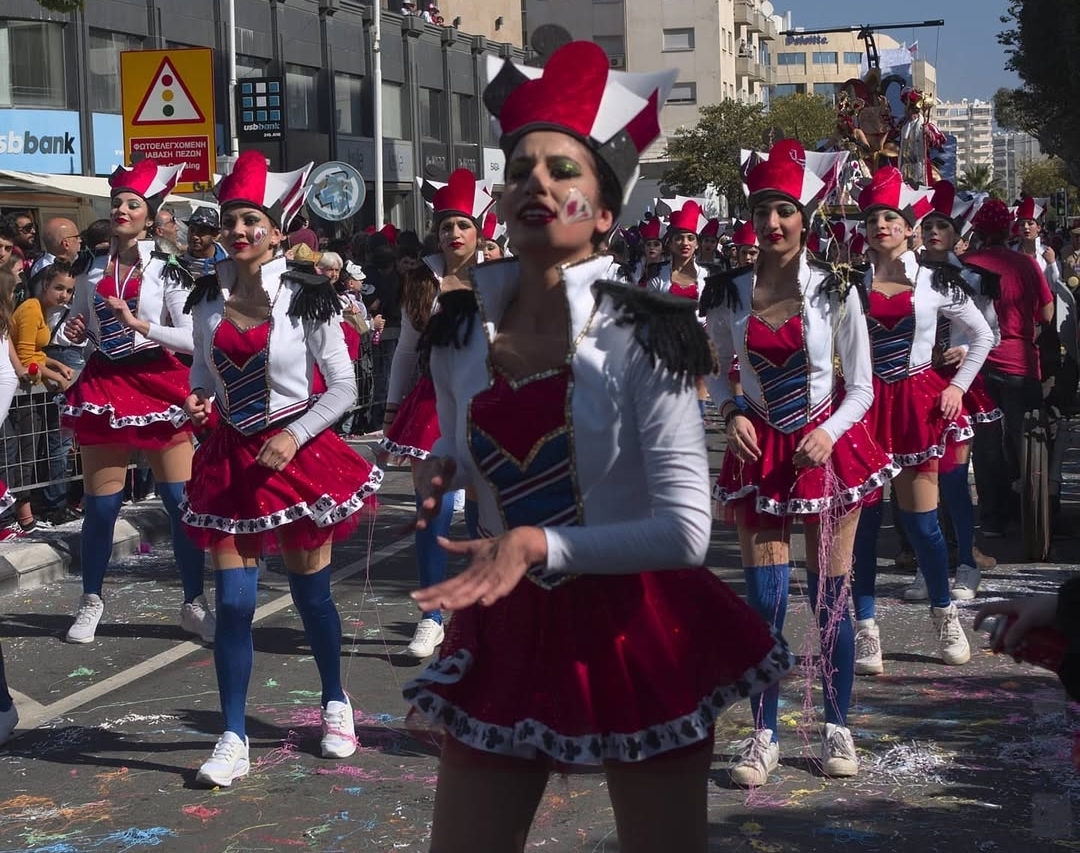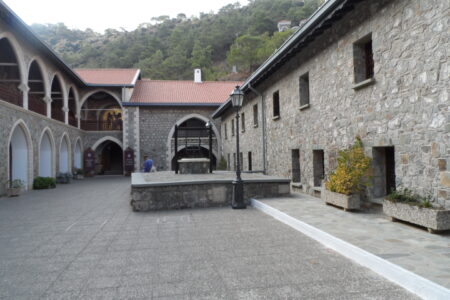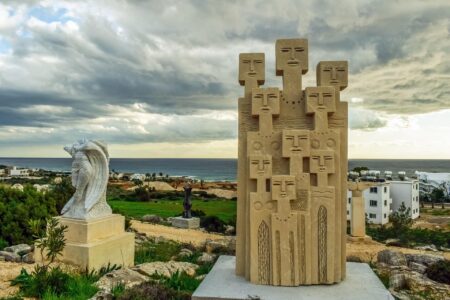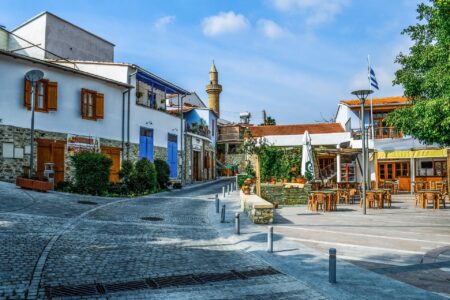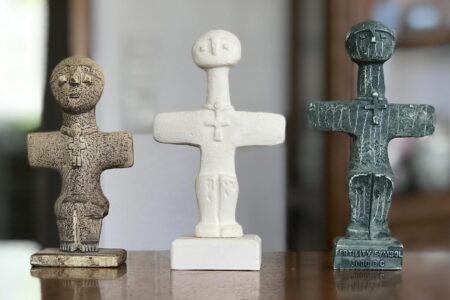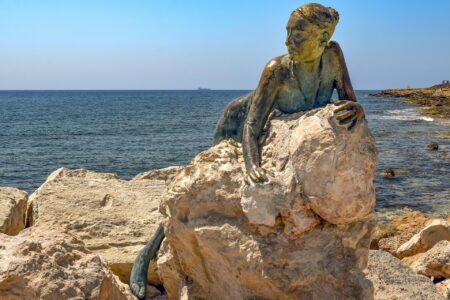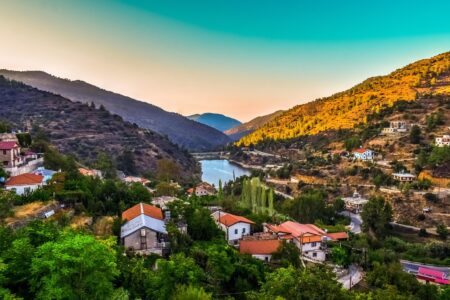Cyprus in late February is a place where time loses meaning. The air fills with the scent of roasted almonds, citrus blossoms, and freshly baked pastries, while the streets of its cities transform into a grand stage for a ten-day carnival. Apokria, Cyprus’s version of Maslenitsa, is more than a celebration—it’s a philosophy woven from ancient rituals, Christian traditions, and unrestrained joy. In 2025, this festival promises to be extraordinary, bridging the past and future in a whirlwind of masks, fire, and music.
Contents
The Roots of Apokria — From Vineyards to Church Bells
The history of Apokria begins long before Christianity reached Cyprus. In ancient times, islanders celebrated “Anthestiria,” a festival dedicated to Dionysus, the god of wine and ecstatic revelry. Masked dances, torchlit processions, and offerings of wine to the gods were meant to ensure fertile lands and protection from evil spirits. With the arrival of Orthodoxy, these pagan customs merged with the Christian calendar. The name “Apokria” derives from the Greek phrase “apo kreas” (“farewell to meat”), reflecting the transition to Lent.
The medieval period added Venetian flair to the festivities. During the 15th–16th centuries, when Cyprus was under Venetian rule, carnivals absorbed masquerade balls and theatrical parades. The masks seen today on Limassol’s streets echo that era, when aristocrats hid their faces to mingle with the crowds.
Traditions That Defy Time
Apokria is a living open-air museum. In villages, rituals long forgotten in cities still thrive. For example, in the mountain village of Omodos, young people craft “Koulouros”—a straw effigy symbolizing winter. It’s paraded through the streets to folk songs before being burned in a bonfire, making way for spring. On “Kathara Deftera” (Clean Monday), the start of Lent, Cyprus’s skies fill with hundreds of kites. This custom, called “Kontarilia,” dates to the Ottoman era, when flying kites with handwritten wishes was believed to connect mortals to the divine.
Cuisine is another cornerstone of Apokria. Tables overflow with delights like “tyropita” (cheese pies), honey-drenched “flaounes” (cheese pastries), and slow-cooked pork “afelia.” These dishes are more than food—they symbolize gratitude for the island’s bounty before the austerity of Lent.
Apokria 2025 — What Awaits Visitors
In 2025, Apokria will run from February 21 to March 3, with each day packed with unmissable events. Limassol, the carnival’s unofficial capital, will host a grand parade on March 1. Rumors suggest the theme will be “Myths of the Mediterranean,” featuring costumes of ancient gods, floating platforms shaped like tritons and nymphs, and light installations transforming the seafront into Poseidon’s underwater realm.
Nicosia, the island’s capital, will focus on family-friendly festivities. At Eleftheria Park, a children’s carnival will offer mask-painting workshops and theatrical performances based on Cypriot legends. In Paphos, a UNESCO World Heritage Site, a torchlit procession to the Temple of Aphrodite will transport visitors back millennia.
The culinary program deserves special attention. Larnaca’s waterfront will host a food fair where chefs reinvent traditional dishes. Expect “flaounes” infused with mastiha (aromatic resin) and desserts blending rosewater and pistachios, crafted exclusively for 2025.
How to Experience Apokria Like a Local
To fully embrace the festival, shed the role of a spectator. Renting a carnival costume is the first step—Limassol’s boutiques offer everything from Roman togas to outfits inspired by Cypriot myths. In 2025, eco-friendly costumes made from recycled materials will dominate trends.
Venturing into villages unlocks Apokria’s soul. In Lefkara, famed for its lace, the “Night of Goat’s Milk” on February 25 will treat guests to cheeses made using ancient recipes and sirtaki dances to live music. At Stavrovouni Monastery, one of Cyprus’s oldest, monks distribute “lagana”—a Lenten bread baked only once a year—on Clean Monday.
Transportation requires planning. Special “Apokries Express” buses will connect cities, while Limassol’s center will be pedestrian-only during peak days.
Why 2025 Will Make History
The 2025 Apokria marks a turning point. It coincides with the 100th anniversary of Limassol’s first official parade (1925). Organizers plan a nostalgic recreation of the 1925 procession, complete with vintage costumes and gramophone music.
Cultural exchange will also shine. Under the EU’s “Heritage Without Borders” initiative, performers from Greece, Italy, and Brazil will add exotic flair to the festivities.
A Celebration That Transforms
Apokria is more than a carnival—it’s a moment when Cyprus sheds its mundane shell and reveals its essence: an island where Olympian gods share wine with Christian saints, and past and future dance to the same rhythm. In 2025, this festival will bridge eras. Imagine digital projections animating ancient temple frescoes, or children worldwide kneading tyropita dough alongside Cypriot grandmothers.

